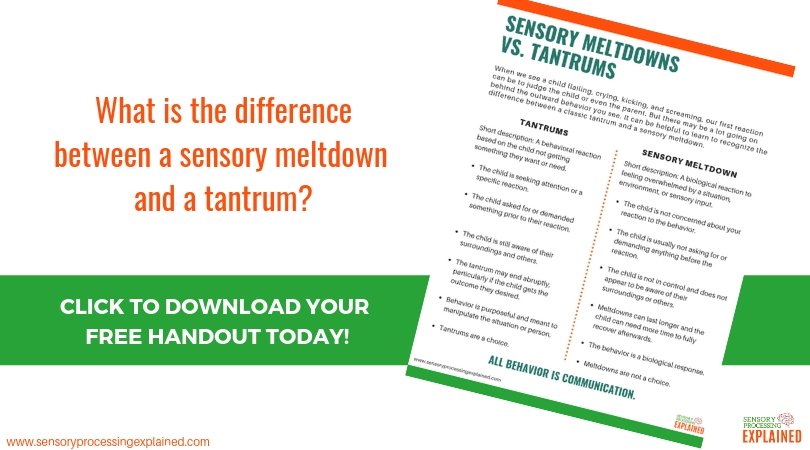

I know that YOU get to see US$ prices automatically because you’re in the USA. What do you think? Give it a try and let me know your reaction. I’m going to leave mine set to US dollars most of the time, but when I prepare my next project, I’m going to use the extension to look at the reward levels through the eyes of backers around the world.

This is, in my mind, an absolutely indispensable tool for creators and backers. And all of the numbers are up to date based on the current conversion rates. I think that’s because of the coding behind that number–it’s a number that updates itself without you having to load the page.īut for all other numbers on the page–particularly the reward prices, shipping fees, and funding goal–the numbers convert automatically. It then reverts back to its original state. For the first time I feel like I’m looking at my projects through the eyes of an EU backer (when I have the extension set to Euros), and for the first time I feel like I’m viewing non-US projects through an unblemished lens.Īs cool as it is, the extension isn’t perfect–due to Kickstarter’s coding, the current funding total will only convert temporarily when you load the project page. This is what my $33 Treasure Chest reward level looks like when the Chrome Currency Converter is set to Euros. You don’t have to manually type each price point into a currency converter. The amazing thing about this converter–the thing that makes it perfect for backers and creators–is the extension automatically converts all prices on any website to the currency of your choice. This currency converter was created by developer George Papadakis (I don’t know him). You can find it at the top of this page of Google Chrome extensions (there’s also a version for Safari here). So what is this solution now that I’ve way overhyped it? It’s called the Chrome Currency Converter.

The tool I’m sharing today will help you do that. It’s a great exercise in empathy to put yourself in backers’ shoes as you construct your project. When backers in other countries look at your reward levels, what do they see when they do a quick calculation in their minds? For example, in KS Lesson #92 I write about the psychological benefits of reward level prices that end in the number 9 (i.e., $39 vs.

The flip side of this is how creators like me can make their projects as appealing as possible to backers in other countries. My solution levels the playing field for any project based anywhere in the world. This isn’t fair to those projects, but it’s human nature. Kickstarter is a worldwide platform–there are backers in every country looking at projects from an increasing number of other countries (just yesterday Kickstarter announced that the platform is open to creators in Denmark, Ireland, Norway, and Sweden).Īs a fellow backer myself, I still find the various currencies to be a barrier to entry for international projects. The problem extends well beyond US backers looking at non-US projects. I still think that’s solid advice, but the solution I’ll discuss today makes the need for that extra text obsolete. Here’s what you can do to help US backers: Tell them the converted $ amount right there in the reward level. The real answer? Right now, it’s around $89. So it leaves US backers confused and intimidating by how much £55 could be. Kickstarter will tell you the US amount at checkout, but not on the project page. When you see a reward level that says “Pledge £55,” you have no idea how much money that is in US dollars.
Magical meltdown vs d barrier how to#
Last year I wrote a Kickstarter Lesson called “ How to Get US Backers if You’re Running a Non-US-Based Kickstarter Campaign.” Here is a core part of that entry: I have a tool I’d like to share with you that I think will significantly change the way you look at Kickstarter projects as a creator and/or a backer. UPDATE: Kickstarter now does this automatically for backers, but it still helps for creators to do this when you’re structuring your pledge levels.


 0 kommentar(er)
0 kommentar(er)
